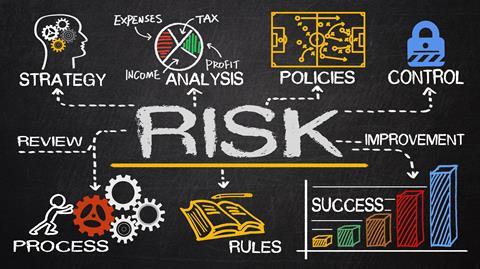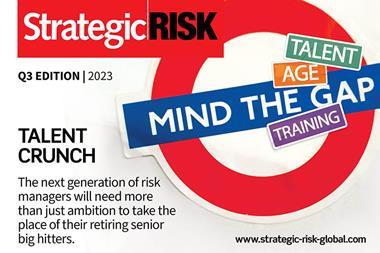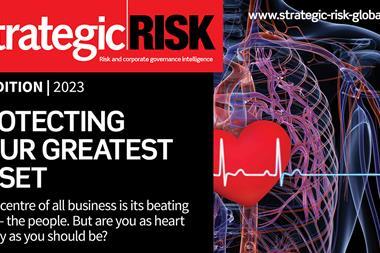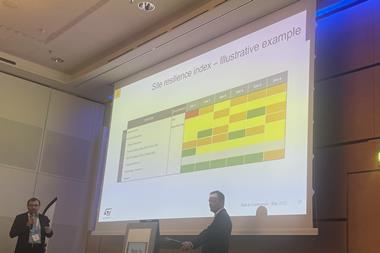Breaking down siloes, moving beyond insurance and scenario analysis are all key strategies that modern risk managers must adopt to deal with the new interconnected risk landscape
Connected risk has increased the frequency and severity of events including geopolitical risks or cyber, was the verdict of a panel of speakers at a Russell Group event.
The panel, which comprised several senior corporate risk managers said that (re)insurers and corporates must navigate a path through this complex landscape, to understand and rise to the threat of connected risk.

The panelists at the event were:
- Robert Makelaar, Regional Head ART EMEA, Allianz Global Corporate & Specialty SE
- Andreas Berger, Chief Executive Officer, Swiss Re Corporate Solutions
- Pam Joshi, Global Head of Insurance and Risk Management, Takeda
- David Broughton, Head of Insurable Risk, Centrica
- Suki Basi, Managing Director, Russell Group
What does it mean for risk managers?
Events like the COVID-19 pandemic and the Ukraine conflict are redefining the nature of systemic risk.
Previous perceptions and views on systemic risk need to be recalibrated to take into account today’s world with its interdependencies and connectedness.
The panellists argued that the world is too complex to be modelled in a one-dimensional way.
Therefore, organisations need to break out of their silos and collaborate across departments to create better risk solutions to be more resilient in the longer term.
Increasing collaboration and imagination to create scenarios can play a role here, as the more insights and analysis a corporate or (re)insurer has, the more they can understand which risks may develop into systemic ones.
Seven ways risk managers can tackle the threat of connected risk
- Breaking down siloes: Risk managers need to break out of their silos and collaborate across departments to create a connected risk portfolio. This allows organisations to stress test their assets. The insights generated from this will help them be resilient in the longer term.
- Moving beyond insurance: Insurance rightly focuses on technical underwriting matters such as premiums and deductibles but best practice risk management and transfer should not be limited to this and extend to identifying emerging risk trends and future scenarios. This requires risk management to be elevated to the boardroom. Insurance can play a strategic role for risk managers in understanding and managing their organisation’s financial viability.
- Connected data is the way forward: Connected data is the way forward, not fragmented datasets. Risk managers need to have a platform where everyone can collaborate. Data ownership is important to acknowledge but the platform is for everyone. Corporates should build scenarios then act on them. After this scenario planning, a risk manager can be empowered to begin active conversations regarding insurance and alternative risk transfers, helping to create an optimised insurance program.
- Scenario analysis is key: Scenario analysis can help risk managers to understand future financial projections. Running scenarios should feed into boardroom decisions regarding not just current assets but also future investment plans. Typical boardroom concerns such as where to invest or to build new infrastructure can be aided by holistic scenario analysis.
- Align with the CEO: It is vital that risk leaders understand and are aligned with the financial strategies of their organisation, working closely with their CFO’s and own treasury teams. A deeper understanding of the connected risk challenge will make the risk management team more relevant to the concerns of the Chief Executive Officer.
- Culture is important: While there may be intangible risks to an organisation’s culture such as reputation, there are positive aspects too. For example, many corporates do excellent work around ESG. It is vital that corporates demonstrate these positive aspects of their culture.
- Move towards proactive risk management: Risk managers are on a journey to an environment that is driven by real-time insights or even predictive analytics, in a new art of the possible. By empowering their businesses to take data-driven decisions, risk managers can develop a proactive approach when it comes to risks. In the longer term, this will give them more certainty over outcomes, helping their businesses be sustainable and resilient in the future.




















1 Readers' comment